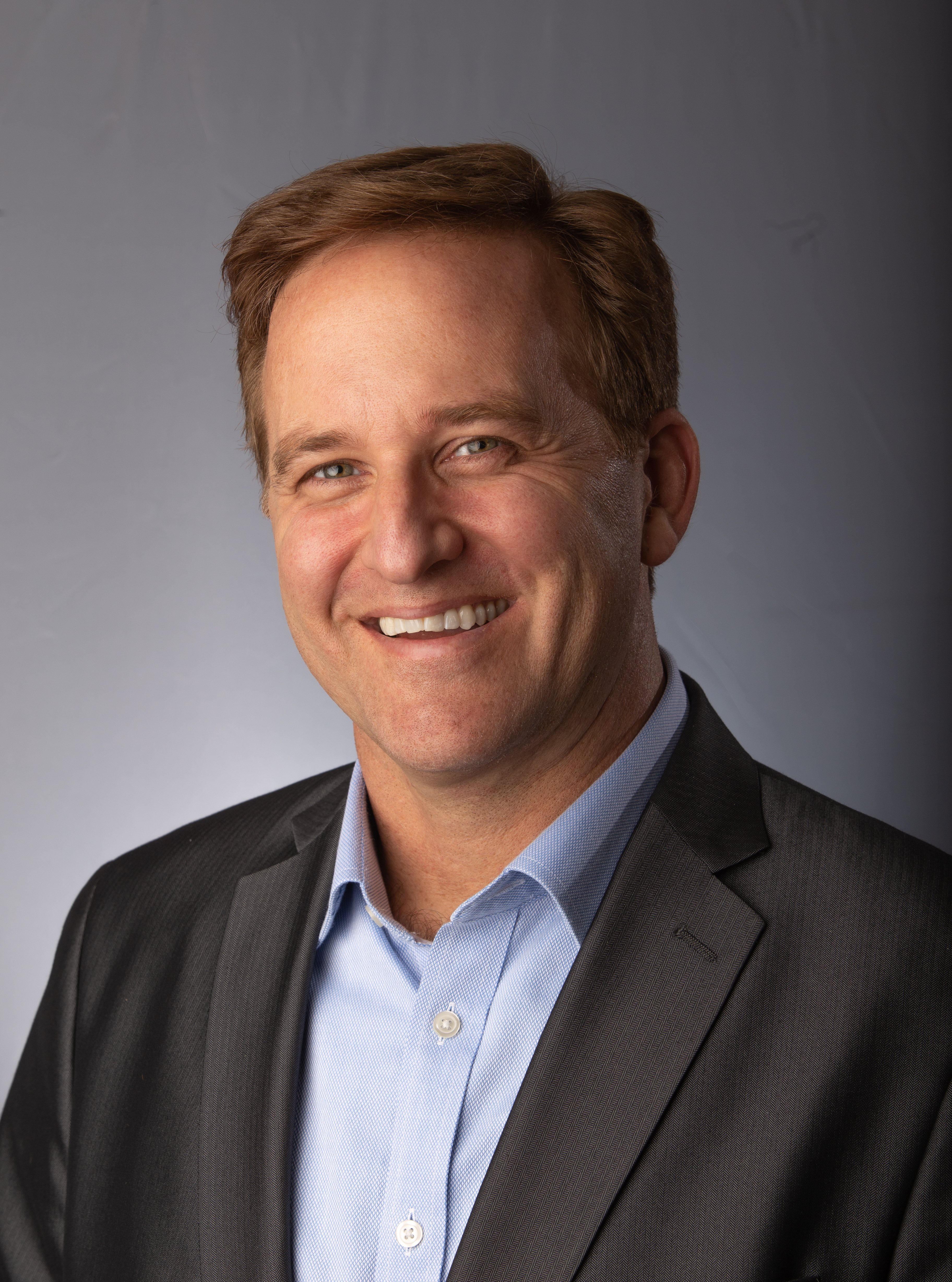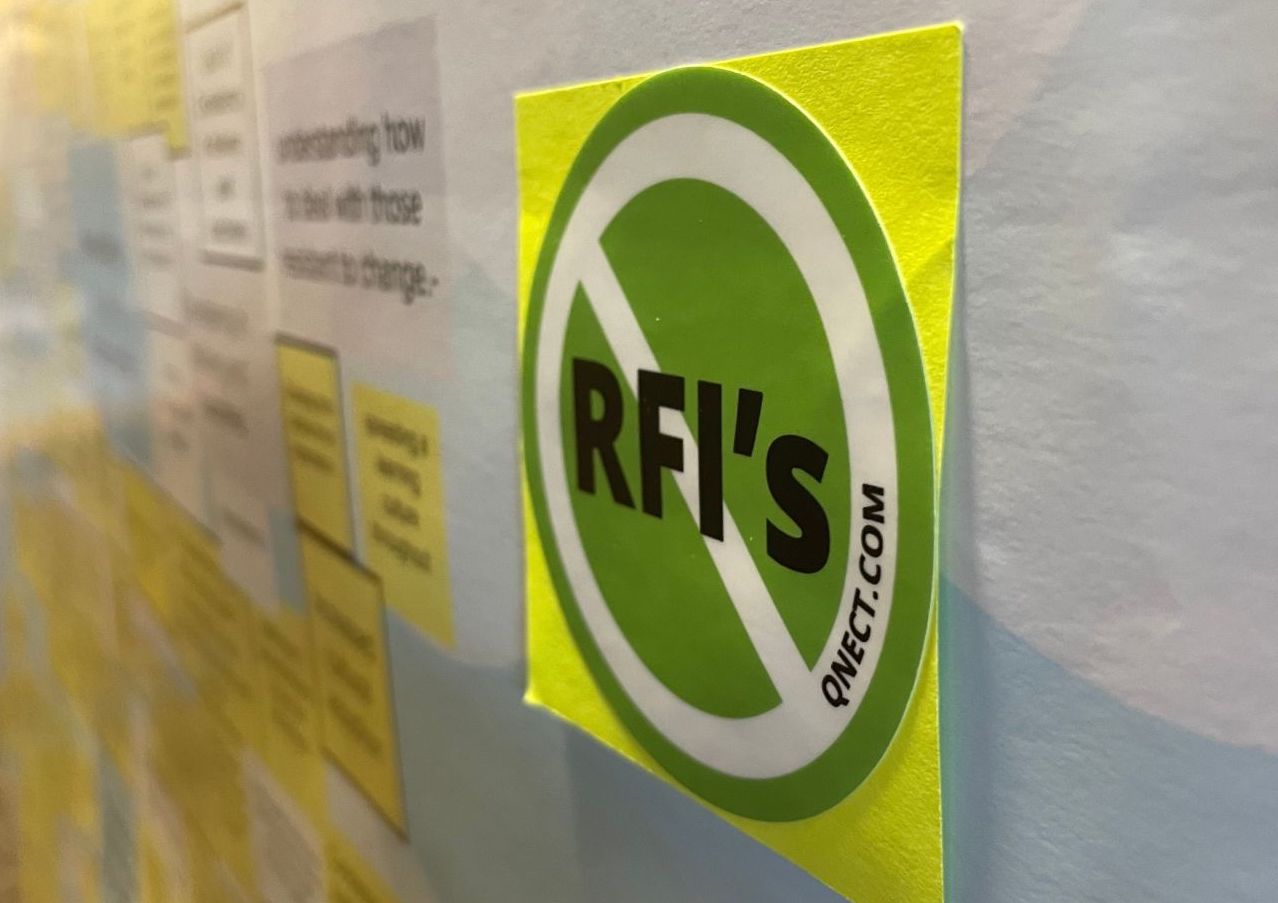Every Bolt Counts: The Ripple Effect of Conserving Every Pound of Steel
As the steel sector searches for sustainable solutions in the carbon heavy construction industry, it is crucial not to overlook the power of...
3 min read
 Michael Gustafson
:
Jul 13, 2023 11:24:00 AM
Michael Gustafson
:
Jul 13, 2023 11:24:00 AM

Over the past year, I’ve heard from engineers that their clients are now asking how they are reducing embodied carbon in their designs. Back in the fall I shared some strategies for how to do this (AECBytes, Dec 2022). However, with so many approaches that engineers can take, it may feel overwhelming knowing where to start. Many engineers are now asking the question: What are the most impactful actions I can take to reduce embodied carbon? One engineer said to me, “If I design the structure efficiently to the building code, am I not already doing everything I can?”
IStructE, the UK’s leading structural engineering association, recently published a book called Design to Zero that answers this question head on. They call out project risk as a silent driver in generating excess waste and carbon in most structural designs. The authors state that building structures are over-designed by up to 50%, largely to mitigate future risk.
A good example of this is how engineers rationalize their designs to anticipate last minute design changes, RFIs, or field errors they expect to come. When I designed my steel structures, I tried to use repetitive beam sizes, cambering, shear studs and forces where possible, to improve constructability and create simplicity. The argument from the steel industry is that rationalization (or standardization) creates simplicity and lowers overall fabrication and erection costs. It also provided extra redundancy. However, the end result is excess material/capacity that isn’t really utilized. If engineers could find other ways to reduce risks altogether, then they could be more rational in how they rationalize their designs. Would you agree?
With rationalization contributing a good chunk of the 50% excess material and carbon, what is contributing to the rest of this excess? I believe another culprit is the impact of the risks themselves when the mitigation strategies fail. Most projects have a 10-20% cushion in their budgets for contingency costs. Is there excess carbon inherent in those spent costs? The answer is yes.
Reducing RFIs equates to reducing project risk
Risk contingency planning is not new in construction. The Lean Construction Institute states that 73% of projects are over budget and 70% are over schedule1. One study states that owners factor in 9% extra project costs to manage risk alone (see image).
Figure 1: 50% of owner’s project costs are related to the building product
A reasonable way to measure the impact of project risk is through the volume and cost of RFIs. You can think of RFIs as the canary in the coal mine for correlating project performance and risk. A recent survey of construction professionals finds that unprofitable projects have 50% higher RFIs than profitable ones2 (Autodesk link and image).
There are a plethora of technologies on the market to manage and track RFIs but few directly address the causes of RFIs. I believe that if RFIs could be mitigated altogether, it would have a direct impact on reducing project risk and carbon.
Reducing carbon through better Constructability
As structural engineers, we can address this problem head on by solving the issues earlier that cause the RFIs. Design teams are reducing some RFIs through better coordination using BIM, but that requires models to be more detailed to truly resolve issues in the field. For structural steel that means designing and modeling steel connections to identify potential issues early on.
Allan Paull, Senior VP at AECOM Tishman pointed this out at NASCC 2022, stating, “if I can resolve the issues with steel early, the rest of the project follows.” Ensuring that the structural design is coordinated with the connection design early is critical to reducing the bulk of RFIs that pose risk to schedule drift, fabricator change orders and extras.
Here at Qnect, we are seeing engineers mitigating RFIs early by creating connected steel models as part of their design deliverables. And this inherently includes the steel connection design. Once the process begins, it empowers engineers and the connected model teams to go deeper into coordination using more detailed models that:
A good example of optimizing framing and connections together was presented at NASCC 2022 from Stanford University’s CIFE research project (Flager, 2022). The presenters illustrated that when engineers optimize steel framing without considering connection design, it can greatly increase fabrication and erection costs.
Another example is shown in the figure below where costly shear doublers can be eliminated if detected early in the engineer’s structural design and then resolved by rationalizing the forces or the framing. The same goes with moment connections where costly web doublers and column stiffeners can be optimized out using higher grade column material or increased member sizes.
Source: Courtesy of CIFE. Empowering Suppliers and Fabricators to Improve the Design of Steel Structures [N66] - NASCC 2016. link
Figure: Qnect optimization of framing and connections to reduce connection complexity, cost and carbon
How does this help the engineers reduce carbon in their designs?
So the benefit is clear: engineers can mitigate risks upfront by reducing issues early and this means reducing carbon. It also creates an opportunity for engineers to sharpen their pencils and revisit their rationalization strategies to further reduce carbon. So could the concept be this simple? When the structural engineer focuses on reducing RFIs, this may also have the greatest impact on reducing carbon. What a great motivator to get on board with mitigating issues early when delivering connected models.
---
1https://leanconstruction.org/lean-topics/lean-project-delivery/
Access the Qnect app to enhance team collaboration and project efficiency. Sign in or create an account to manage communication and workflows with clarity and control.

As the steel sector searches for sustainable solutions in the carbon heavy construction industry, it is crucial not to overlook the power of...
According to Elon Musk, artificial intelligence (AI) is on the brink of surpassing human intellect as early as next year. Is there truth to his...

By Michael Gustafson